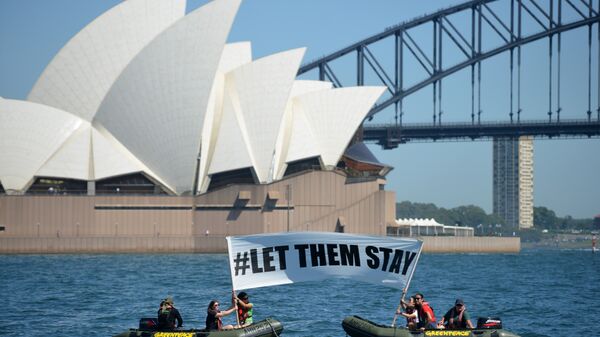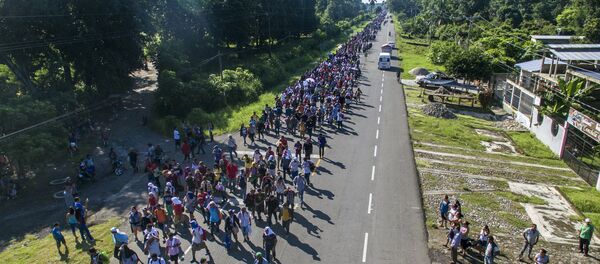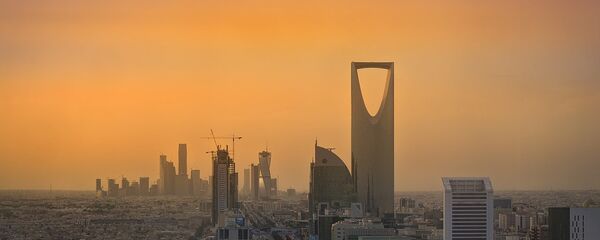Population Minister Alan Tudge said in a speech earlier this month that Australia's cities are getting too crowded and congested because of net migration from abroad, noting that 87 percent of skilled migrants in Australia go to Sydney or Melbourne for economic opportunity, the Tasmania Examiner reports.
"We are working on measures to have more new arrivals go to the smaller states and regions and require them to be there for at least a few years," the official said. "We want to have a more even distribution."
New migrants would have to live in less-populated areas of Australia for several years before moving to a metropolitan like Sydney under the official's proposal. The goal of the policy is to "match the skills of new migrants with the skill shortages in rural and regional Australia." By structuring the policy so that new migrants would have to live outside the major cities for a few years, Tudge says "the evidence suggests that many will make it their home for the long term."
Immigration officials may offer incentives to move out of big cities to 45 percent of permanent migrants, or the recipients of approximately 70,000 visas annually.
For migrants accepted into the country for humanitarian reasons, "regional populations are generally more welcoming," Ella Dixon, a migrant resource officer in Tasmania, told the Tasmania Examiner in a story published October 9.
New residents of Australia have flooded Sydney, Melbourne, Brisbane and Perth in recent years. Between 2006 and 2016, "the combined population of Greater Capital Cities increased by 2.9 million," which accounted for 77 of the Australia's total population growth, according to the Australian Burea of Statistics.
"The major population problem that we have is that nearly all the growth is in Melbourne, Sydney and southeast Queensland, and there we have very rapid growth, and yet meanwhile the rest of Australia is growing very slowly," Tudge said in September, according to the Australian.
Liz Allen, a demographer at Australian National University, says the congestion and overcrowding is not due to permanent residents but instead is caused by an influx of foreign students studying at universities in Australia's bigger metro areas, the Australian Broadcasting Company reported October 9.




